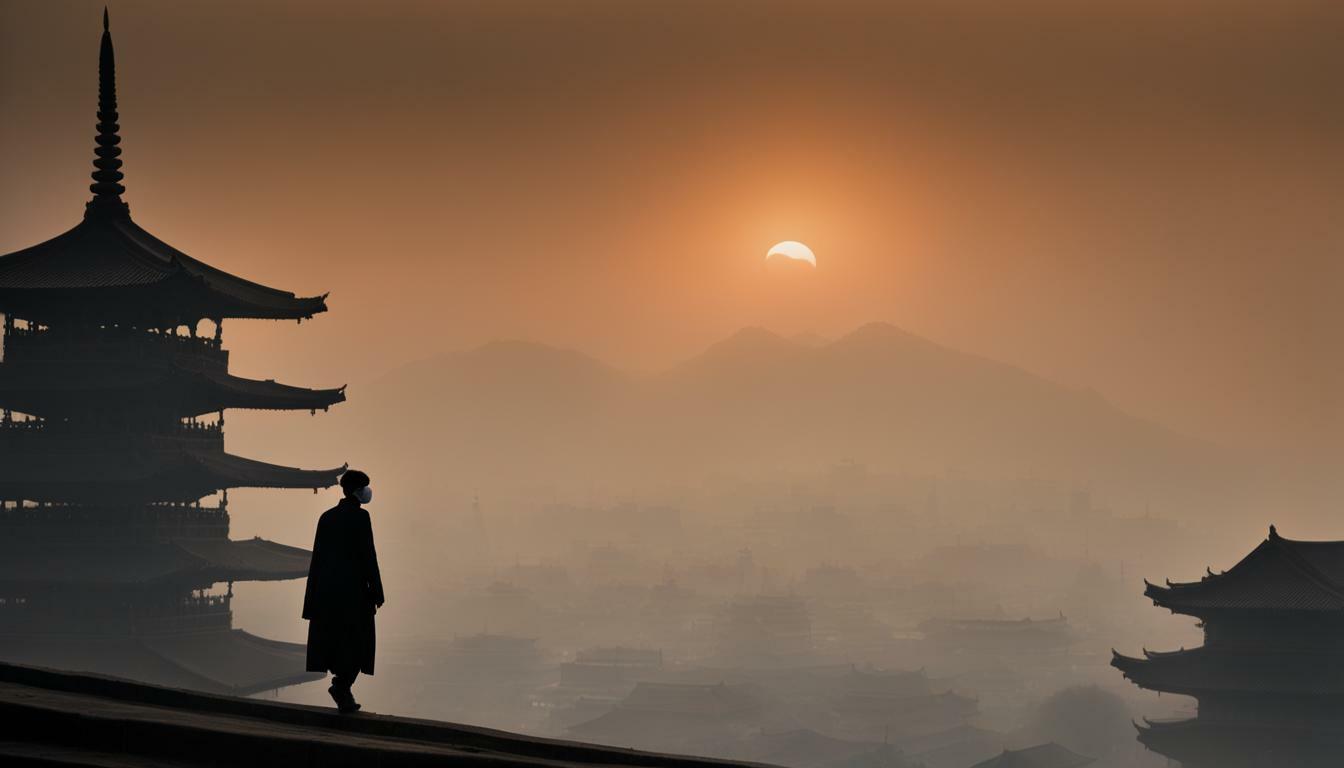Chiang Mai, Thailand, is renowned for its natural beauty, temples, and rich culture. However, the region faces a significant challenge every year between February and April, known as the burning season. The burning season in Chiang Mai is caused by wildfires, farmers burning fields, and other human activities that release harmful smoke and particles into the air. As a result, the air quality in the region drops to hazardous levels, leading to respiratory problems, reduced visibility, and a general haze that obscures the scenic beauty of the area.
This article aims to provide readers with comprehensive insights into the causes, impacts, and preventive measures of the burning season in Chiang Mai. It also offers practical advice for visitors and residents on how to navigate the region during this smoky season.
- Chiang Mai faces a significant challenge every year between February and April known as the burning season.
- The burning season is caused by wildfires, farmers burning fields, and other human activities that release harmful smoke and particles into the air.
- Poor air quality during the burning season leads to respiratory problems, reduced visibility, and a general haze that obscures the scenic beauty of the area.
- This article provides insights into the causes, impacts, and preventive measures of the burning season in Chiang Mai and offers practical advice for visitors and residents.
- To enjoy the beauty of Chiang Mai despite the burning season, visitors and residents should take necessary precautions such as wearing masks, using air purifiers, and avoiding outdoor activities during peak pollution hours.
The Causes of Chiang Mai Burning Season
The burning season in Chiang Mai is primarily caused by two factors: forest fires and the burning of fields by farmers. Forest fires can be accidental, but they can also occur due to human activities such as campfires, cigarette butts, and fireworks. On the other hand, farmers burn their fields to clear away debris, a practice known as slash-and-burn agriculture. This process prepares the land for the next planting season and is a traditional and cost-effective method of farming.
Despite its benefits, slash-and-burn agriculture has a significant impact on air quality and contributes heavily to the burning season in Chiang Mai. This practice releases large amounts of smoke, ash, and other pollutants into the air, leading to unhealthy air quality levels and reduced visibility.
To prevent and mitigate the impact of the burning season, the Thai government has implemented several measures. These measures include providing farmers with alternative farming techniques, such as using compost to fertilize the soil, and imposing fines on those who burn land illegally. Additionally, the government has launched awareness campaigns to educate the public about the negative effects of forest fires and the importance of burning season prevention.
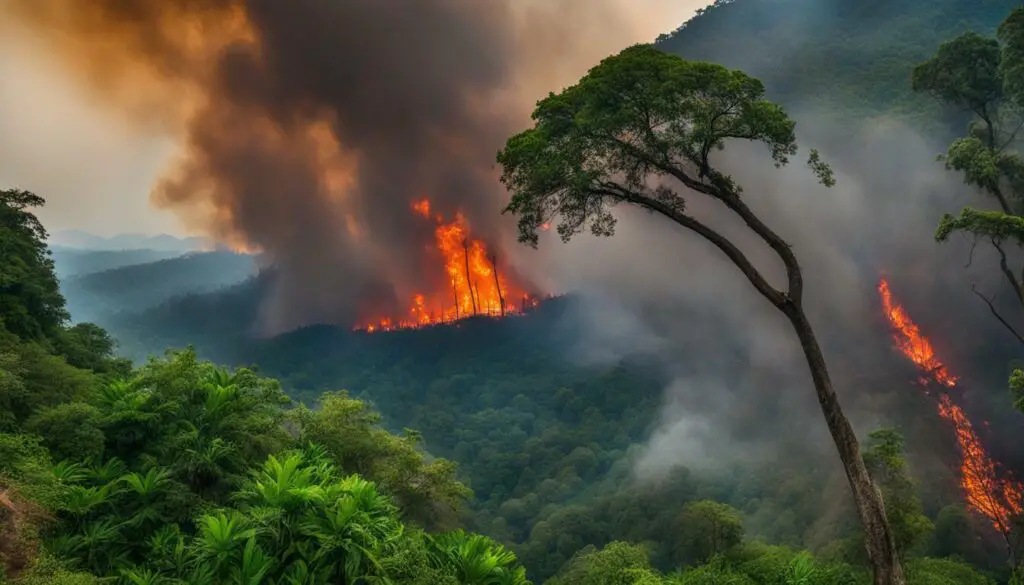
The efforts to combat the burning season have been successful in reducing the severity and duration of the smoky season in recent years. However, there is still much work to be done to address the root causes of the problem and ensure better air quality for the people of Chiang Mai.
The Impact of Chiang Mai Burning Season on Air Quality
The burning season in Chiang Mai has a significant impact on air quality in the region. The combination of forest fires and the practice of burning fields by farmers leads to a buildup of smoke and particulate matter that affects visibility and causes haze. This haze, in turn, diminishes air quality and poses a risk to public health.
During the peak of the burning season, air quality in Chiang Mai can reach hazardous levels, with concentrations of PM2.5 (fine particulate matter) exceeding 200 micrograms per cubic meter. Exposure to high levels of PM2.5 can cause respiratory problems and aggravate existing conditions such as asthma and bronchitis.
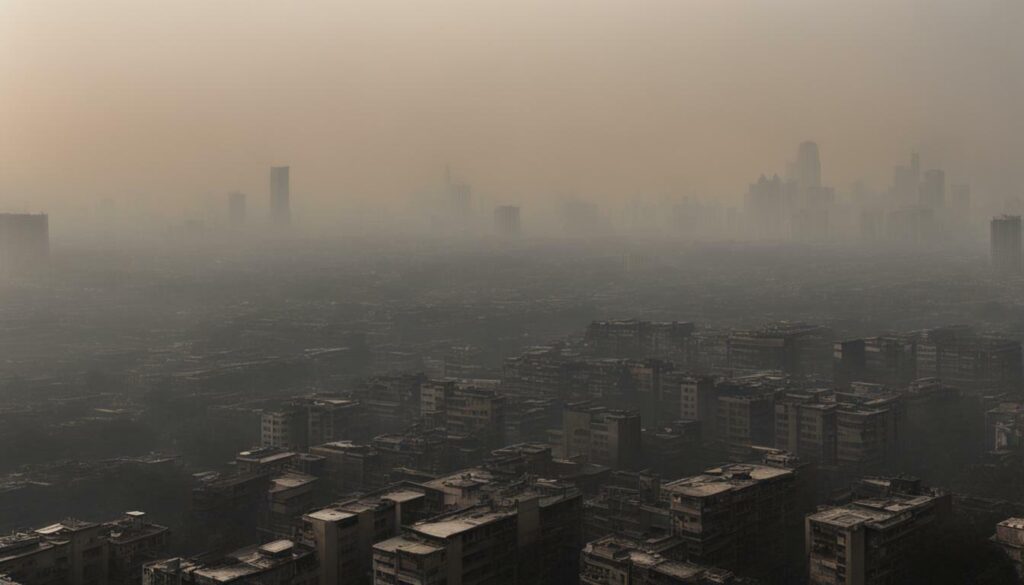
It is important to take measures to protect oneself from the effects of poor air quality during the burning season. This includes avoiding outdoor activities when air quality is at its worst, wearing masks to filter out pollutants, and using air purifiers indoors. It is also recommended to stay up to date on air quality levels and follow local advisories.
Efforts are being made to mitigate the impact of the burning season on air quality. The Thai government has launched initiatives to reduce forest fires and implement sustainable farming practices. Additionally, organizations such as the Chiang Mai Clean Air Project are working to raise awareness about the issue and promote solutions to combat air pollution.
Health Risks during Chiang Mai Burning Season
The burning season in Chiang Mai poses a significant danger to human health, especially for those with respiratory problems. The increased levels of air pollution caused by burning fields and forest fires can lead to a range of respiratory issues, including asthma and bronchitis.
Individuals with pre-existing respiratory conditions are particularly vulnerable and should take extra precautions to protect their health during this period. The elderly and young children are also at risk and need to be mindful of the effects of poor air quality.
To minimize the risk of respiratory problems, it is recommended that individuals avoid spending long periods outdoors, especially during times when the air pollution levels are high. Wearing masks rated N95 or higher can also be helpful in reducing exposure to harmful particles.
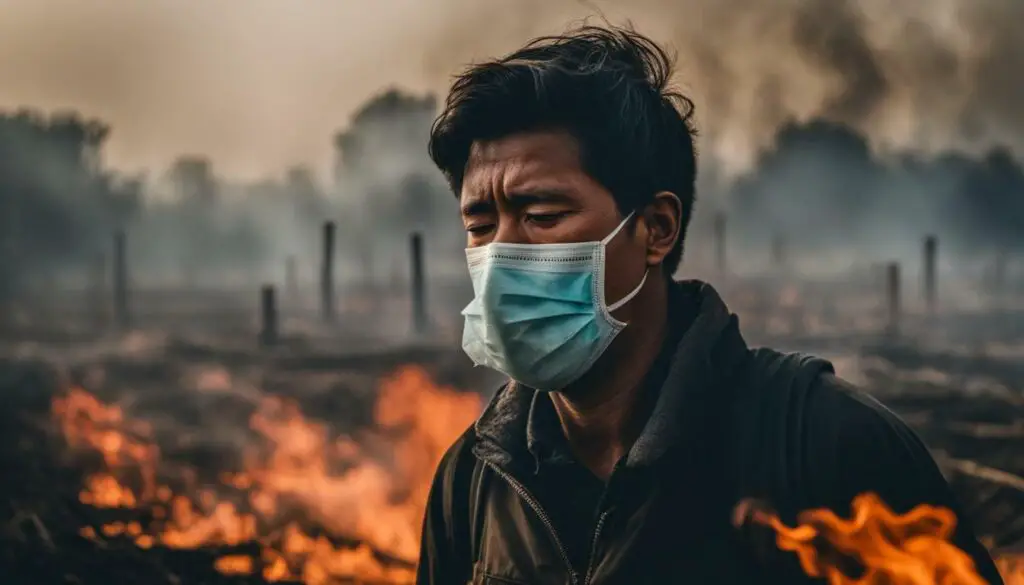
It is essential to maintain good indoor air quality during the burning season. This can be achieved by closing windows and using air purifiers or air conditioning units with high-efficiency particulate air (HEPA) filters. It is also advisable to avoid burning incense or candles indoors and refrain from smoking.
Staying hydrated and maintaining a healthy diet can also help boost the immune system and reduce the risk of respiratory infections. If symptoms such as coughing, wheezing, or difficulty breathing persist, seek medical attention immediately.
The Importance of Tackling Air Pollution in Chiang Mai
Air pollution is a major challenge not only during the burning season but also throughout the year. The impact of air pollution can be felt in various ways, from respiratory problems to environmental degradation. Therefore, it is crucial to take action and tackle air pollution in Chiang Mai.
Prevention is key when it comes to reducing air pollution. Everyone can play a role in preventing the burning season by reducing their carbon footprint, conserving natural resources, and supporting sustainable practices. Additionally, the government and NGOs have implemented measures to reduce forest fires and promote sustainable agriculture, such as banning open burning and providing incentives for farmers to use alternative land preparation methods.
It is also important to address air pollution on a long-term basis to ensure a healthy and sustainable future for Chiang Mai. This can be achieved through the use of renewable energy sources, the promotion of public transportation and bike-friendly infrastructure, and the implementation of responsible waste management practices.
By taking action and tackling air pollution, we can enjoy the beauty of Chiang Mai without compromising our health and the environment. Let us all do our part in burning season prevention and promoting sustainable development in this beautiful region.
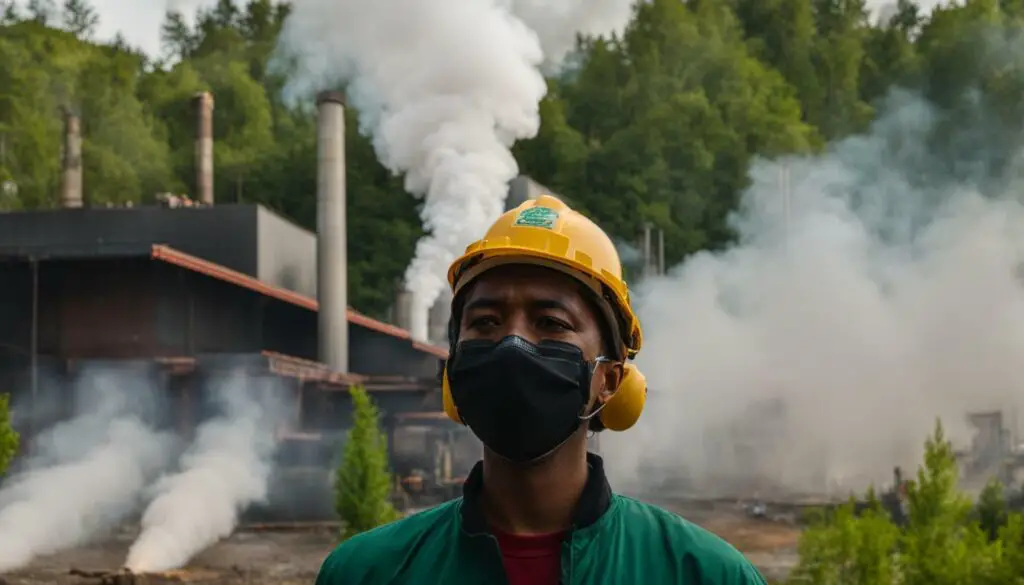
Chiang Mai’s burning season typically runs from late February to April. These months are known as the “smoky season,” when air pollution is at its highest. During this period, farmers burn their fields in preparation for the next crop season, and forest fires can also contribute to the haze.
While the burning season can bring challenges, it’s important to note that not every day is filled with smog. There are still days with clear skies and fresh air, especially in the mornings and afternoons. However, as the day progresses, the air quality may deteriorate.
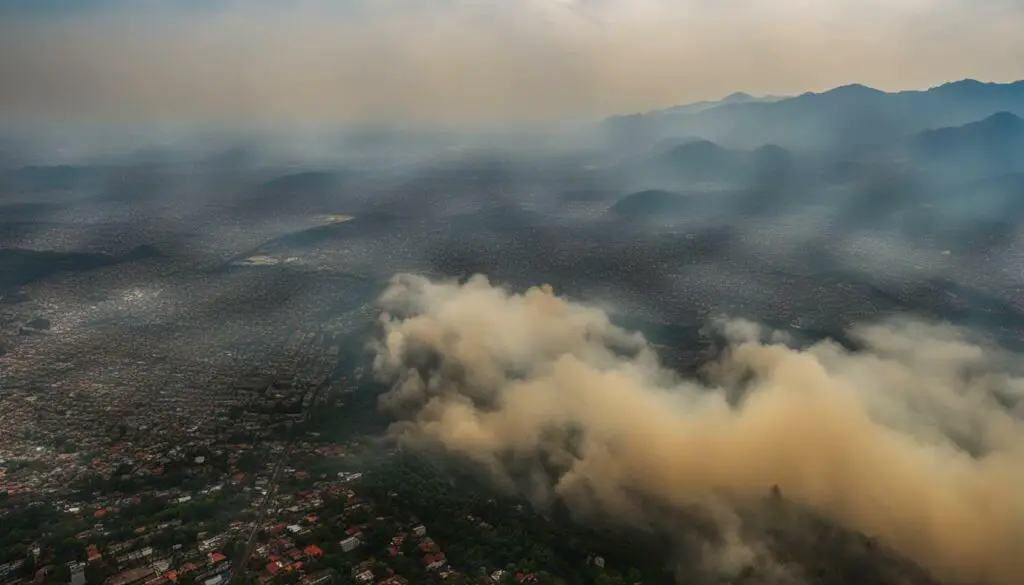
To plan your visit to Chiang Mai during the burning season, it’s helpful to keep an eye on air quality updates. There are several websites and apps that provide real-time information on air pollution levels, including the AirVisual app and the Pollution Control Department’s website. During periods of high air pollution, it’s recommended to take extra precautions to protect your health.
Tips for Navigating Chiang Mai Burning Season
Despite the challenges posed by the burning season in Chiang Mai, there are ways to stay safe and healthy while enjoying all that the region has to offer. Here are some tips to help you navigate the smoky season:
- Avoid outdoor activities, especially during peak burning season, when air pollution levels are at their highest. Instead, opt for indoor activities such as museums, cafes, and shopping centers.
- If you must be outdoors, wear a mask to protect your respiratory system from harmful particles and pollutants in the air. Look for masks specifically designed for air pollution, with a rating of N95 or higher.
- Invest in an air purifier for your home or hotel room, especially if you have respiratory issues or allergies. Make sure to keep windows and doors closed, and avoid using fans that can circulate polluted air.
- Be mindful of your diet and hydration, as poor air quality can affect digestion and cause dehydration. Drink plenty of water and eat nourishing, antioxidant-rich foods to support your immune system.
- Check the air quality index (AQI) regularly using reliable sources like the AirVisual app, and plan your activities accordingly. Avoid outdoor activities when the AQI is above 150, and stay indoors when it exceeds 200.
- Consider using a car with air conditioning instead of a motorcycle or bicycle, which can expose you to more pollutants on the road.
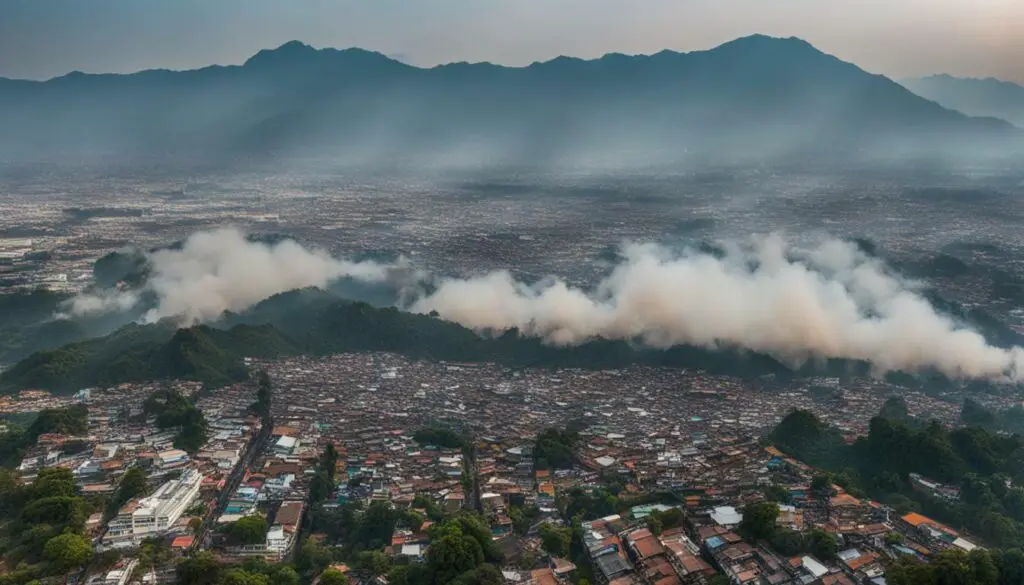
By following these tips, you can still make the most of your trip to Chiang Mai during the burning season while minimizing the impact of air pollution on your health. Remember to take care of yourself and stay informed about the air quality conditions in the region.
Best Places to Visit in Chiang Mai During the Burning Season
Despite the challenges posed by the burning season, Chiang Mai still offers breathtaking views and natural beauty. Here are some of the best places to visit and appreciate the scenic beauty of Chiang Mai despite the air pollution:
| Place | Description |
|---|---|
| Doi Inthanon National Park | Home to Thailand’s highest peak, Doi Inthanon, this national park boasts stunning waterfalls, flowering trees, and trails for hiking. Visitors can enjoy the cool air and escape the smoky season below. |
| Wat Phra That Doi Suthep | A must-visit temple in Chiang Mai, Wat Phra That Doi Suthep offers panoramic views of the city from its mountaintop location. Visitors can take a cable car to the top and admire the stunning architecture and intricate details of the temple. |
| Bua Thong Waterfall | Also known as the “Sticky Waterfall,” this unique natural wonder features limestone steps that allow visitors to climb and play in the waterfall without slipping. The mineral deposit in the water makes it easy to grip, offering a fun and refreshing escape from the heat of burning season. |
| Chiang Mai Night Safari | Experience the nocturnal animals of Thailand up close at the Chiang Mai Night Safari. Visitors can take a tram ride through the zoo and observe exotic animals like tigers and giraffes in their natural habitats. |
These attractions showcase Chiang Mai’s natural beauty and offer a much-needed respite from the smoky season. Don’t let the burning season discourage you from experiencing the rich culture and breathtaking scenery of Chiang Mai.
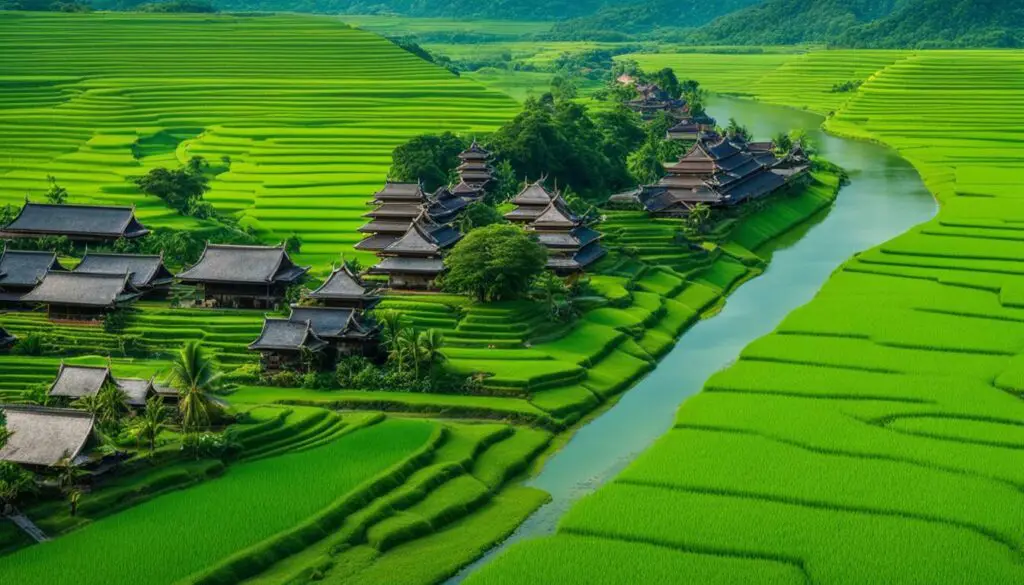
Although the burning season in Chiang Mai can make outdoor activities challenging, it’s still possible to enjoy the region’s natural beauty safely. Here are some tips for making the most of your trip while staying healthy:
- Check air quality levels regularly and plan outdoor activities when pollution is at its lowest.
- Choose activities that don’t require heavy exertion, such as hiking or biking in flatter areas.
- Wear an N95 mask to reduce exposure to pollutants, especially during prolonged outdoor activities.
- Take breaks often to rest and rehydrate.
- Consider indoor activities like visiting museums, temples, or markets to avoid prolonged exposure to outdoor pollution.
- Drink plenty of water to stay hydrated and eat nutritious foods to support your immune system.
Remember, while it’s important to be mindful of the air quality during the burning season, don’t let it detract from your experience in Chiang Mai. With some planning and precaution, you can still enjoy all that this beautiful region has to offer.
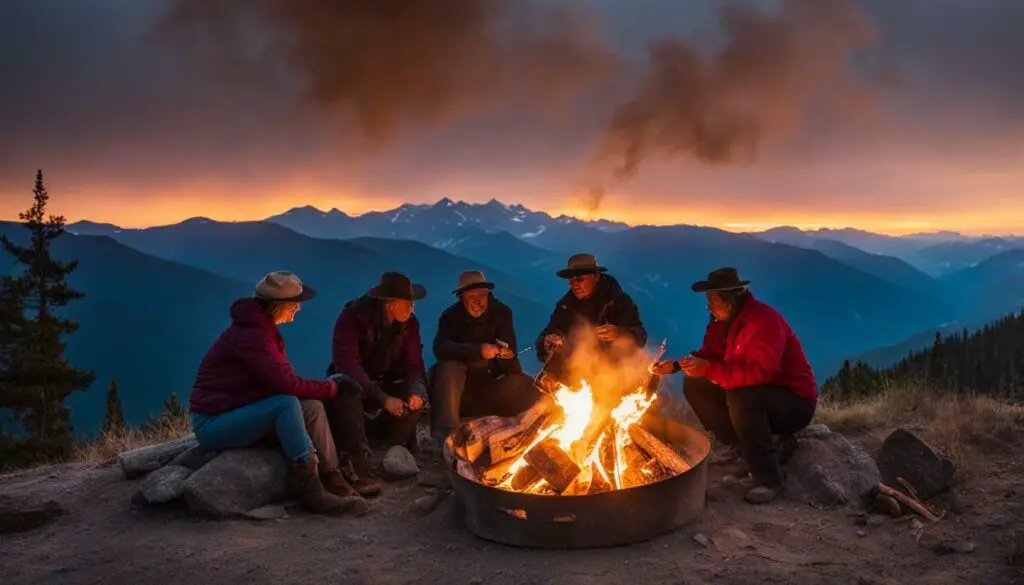
As the burning season poses a significant challenge to air quality in Chiang Mai, various environmental initiatives and projects have been implemented to mitigate its impact. One such initiative is the prevention of forest fires, which is a major contributor to the smoky season. Officials have created fire breaks, conducted controlled burns, and adopted advanced technologies to detect and put out fires.
Another initiative is the promotion of sustainable farming practices. Farmers are urged to adopt alternative methods of clearing fields, such as using water or mechanical tools. Alternative crops are also being introduced to reduce the dependence on the traditional slash-and-burn technique.
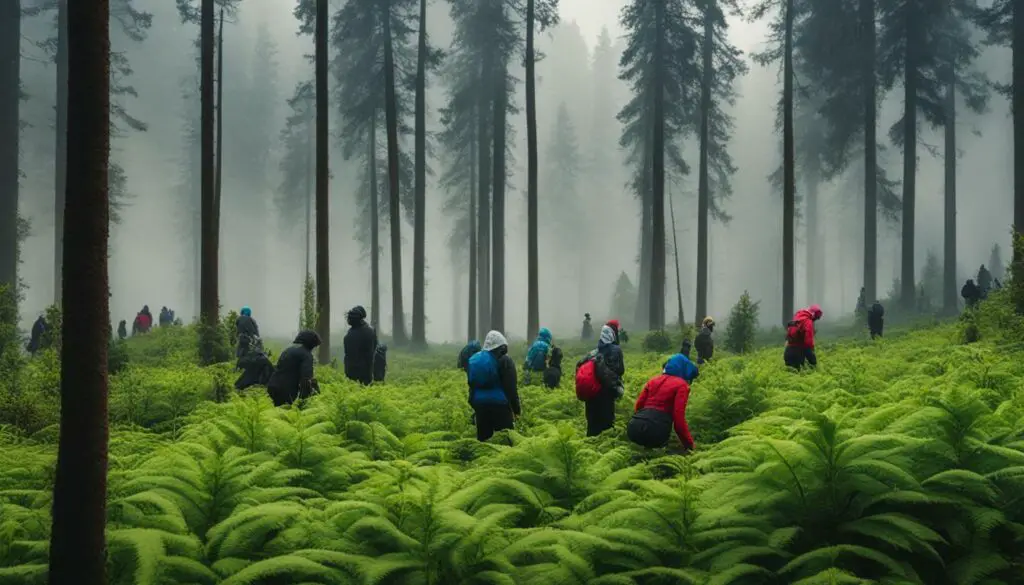
Furthermore, reforestation projects are being undertaken to replenish the region’s depleted forests. These projects involve planting trees, including species that are resilient to drought and fires. Education and awareness campaigns are also being conducted to encourage individuals and communities to adopt eco-friendly practices and reduce their carbon footprint.
Collective efforts from the government, NGOs, and local communities are essential in tackling the challenges posed by the burning season in Chiang Mai. By adopting sustainable practices, promoting environmental awareness and community involvement, we can work towards a healthier and greener future for Chiang Mai.
The Future of Chiang Mai Burning Season
As awareness of the impact of air pollution in Chiang Mai grows, so does the urgency to mitigate the burning season’s effects. While much of the responsibility rests with the government, individuals can also take steps to reduce their contribution to air pollution.
Measures such as sustainable development, promoting clean energy, and implementing laws to prevent forest fires and burning practices can help reduce air pollution levels. Additionally, improving public transportation and encouraging locals to commute by bike or public transit can reduce vehicle emissions.
Community involvement is also essential in reducing the impact of the burning season. Reforestation projects, recycling initiatives, and sustainable farming practices can all contribute to increased air quality in the region.
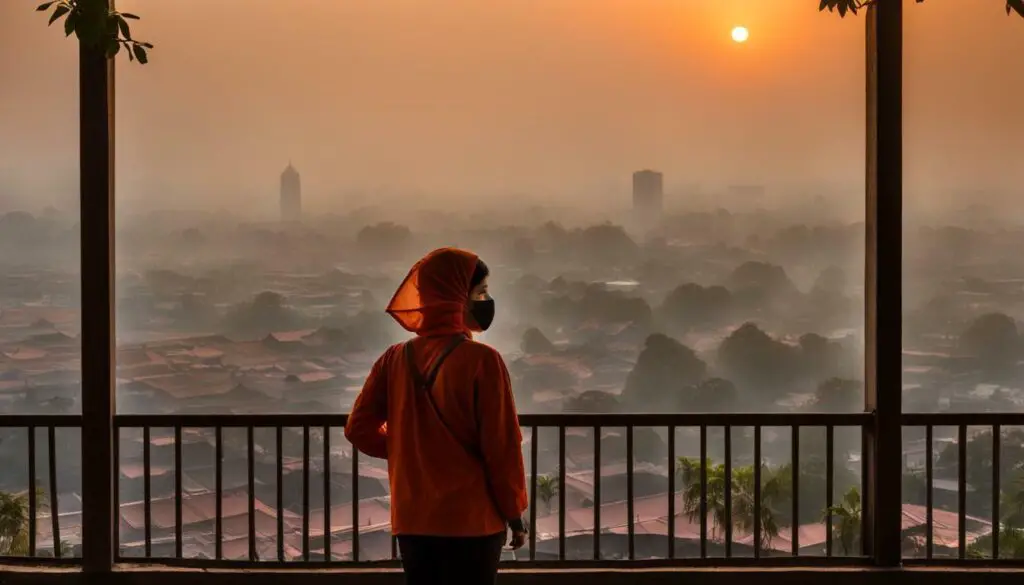
It is important to acknowledge that progress may take time, but in the meantime, it is critical to continue taking proactive measures to mitigate the impact of air pollution during the burning season. Whether it is reducing outdoor activities, wearing masks or investing in air purifiers, individuals can take steps to protect their health and contribute to better air quality in Chiang Mai.
Overall, by embracing sustainable practices, responsible tourism, and community involvement, there is hope for a cleaner, healthier future for Chiang Mai and its residents.
Local Community Initiatives to Reduce Chiang Mai Burning Season Impact
The impact of the burning season in Chiang Mai is felt by both locals and tourists alike. However, the local communities have taken it upon themselves to reduce the impact of this smoky season.
One of the main causes of the burning season is forest fires, which usually occur due to human activities such as carelessly discarded cigarettes or unattended campfires. To combat this, local communities have undertaken initiatives to prevent forest fires. They are engaging with the local authorities to raise awareness of the dangers of forest fires and train locals in how to prevent them. They are also working to clear dry leaves and debris from forests, creating fire breaks to stop fires from spreading, and establishing community patrols to detect and extinguish fires early.
Another crucial factor in the burning season is the practice of burning fields by farmers, which is a traditional method used to clear crop residues and prepare the fields for the next planting season. However, this practice contributes significantly to the smoke and haze that blankets the region. To mitigate this, local communities are promoting sustainable and environmentally friendly farming practices. They are encouraging farmers to adopt alternative methods such as composting, using cover crops, and crop rotation to avoid burning fields.
| Initiative | Objective |
|---|---|
| Reforestation | To restore and protect degraded forests and reduce carbon emission |
| Recycling | To reduce waste and promote a circular economy |
| Sustainable farming | To reduce burning fields and promote environmentally friendly farming practices |
Other local initiatives include reforestation projects, recycling efforts, and sustainable farming practices. These efforts not only reduce the impact of the burning season but also contribute to long-term environmental sustainability. By promoting awareness and community involvement, local communities are taking responsibility for their environment and their future.
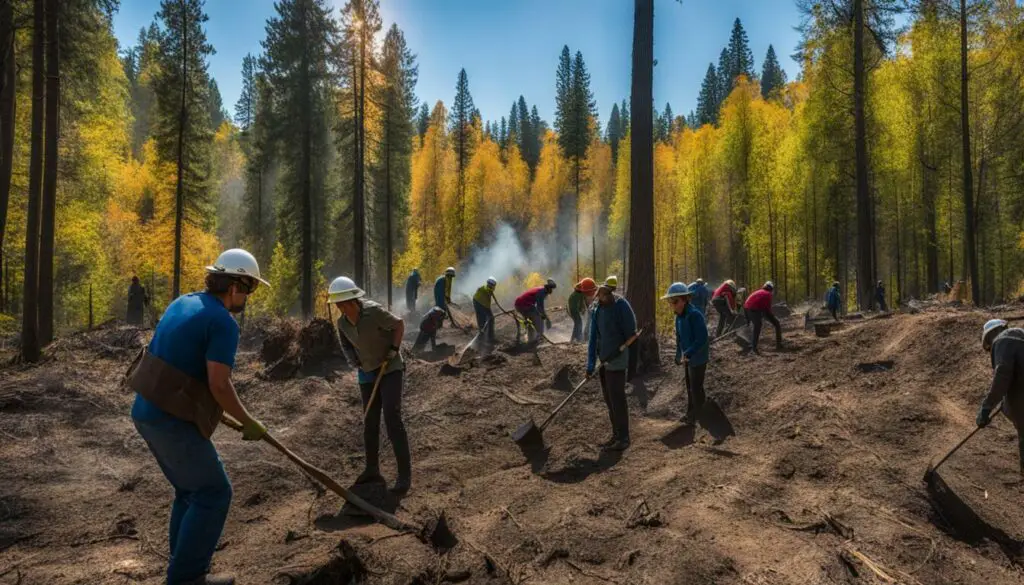
Resources for Monitoring Air Quality in Chiang Mai
Staying informed about air quality levels in Chiang Mai is crucial during the burning season. Fortunately, there are several resources available to help locals and tourists alike.
The Pollution Control Department website provides hourly updates on air quality in different parts of the city, including levels of PM2.5, PM10, and ozone. The website also offers tips on how to protect oneself during periods of high pollution.
The AirVisual app is another useful tool for monitoring air quality in Chiang Mai. It provides real-time updates on pollution levels, as well as a 7-day forecast and a world air quality ranking. The app also features alerts and notifications to help users stay informed and take necessary precautions.
For those looking for a more community-based approach, the Chiang Mai Clean Air Group is a grassroots organization dedicated to tackling air pollution in the city. The group shares information and resources on air quality, as well as organizing awareness campaigns and events.
By using these resources, individuals can stay informed and take necessary steps to protect their health and well-being during the burning season.
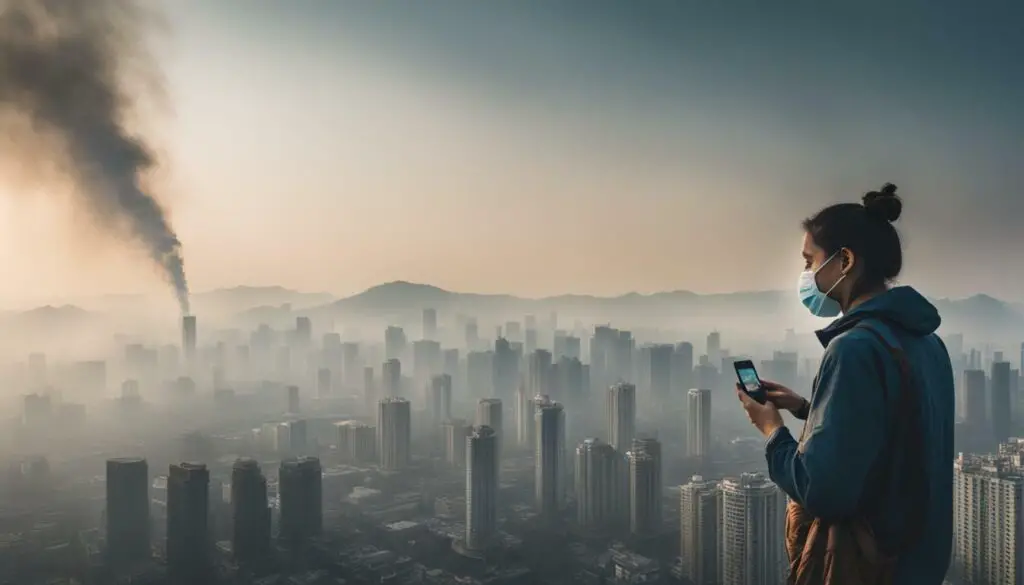
If you’re planning on visiting Chiang Mai during the burning season, it’s essential to take precautions to protect your health. The increased levels of air pollution can lead to respiratory problems, among other health hazards. Here are some tips to help you stay healthy:
Wear a Mask
One of the most effective ways to reduce your exposure to air pollution is to wear a mask. Look for a mask with a high-quality filter that can block small particulate matter. Masks are widely available in Chiang Mai, and it’s a good idea to carry one with you at all times during the burning season.
Stay Indoors
If the air quality is particularly poor, it’s best to stay indoors as much as possible. Close your windows and use air conditioning or a high-efficiency particulate air (HEPA) filter to improve the indoor air quality. Avoid outdoor activities, especially during midday when the air quality is at its worst.
Avoid Cigarette Smoke
Cigarette smoke can exacerbate the effects of air pollution on your respiratory system. If you’re a smoker, consider quitting during your visit to Chiang Mai. If you’re in the presence of smokers, move away from them to avoid inhaling their smoke.
Stay Hydrated
The dry and smoky conditions during the burning season can cause dehydration. Make sure to drink plenty of water and other fluids to stay hydrated. Avoid alcohol and caffeine, as they can dehydrate you even further.
Be Mindful of Your Health
If you experience symptoms such as coughing, shortness of breath, chest pain, or dizziness, seek medical attention immediately. People with pre-existing respiratory problems, such as asthma or chronic obstructive pulmonary disease (COPD), should be particularly careful during the burning season.
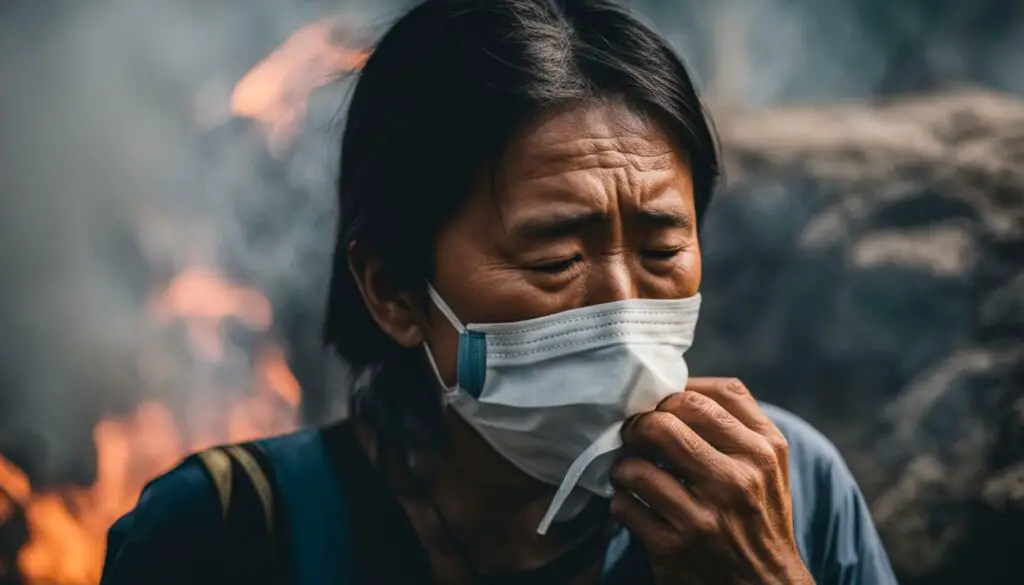
Despite the challenges posed by the burning season in Chiang Mai, it is still a natural gem worth exploring. Yes, air pollution may be a problem during this period, but there are ways to mitigate its impact and enjoy the region’s scenic beauty.
By practicing responsible tourism, we can all play our part in preserving Chiang Mai’s environment and supporting local communities. This includes choosing sustainable activities and accommodations, reducing waste, and supporting eco-friendly initiatives.
Take Action for Sustainable Development
To create a better future for Chiang Mai and other regions affected by air pollution, it’s crucial to take action. Governments, local communities, and individuals can all contribute to a sustainable development plan that balances economic growth with environmental protection.
Whether it’s through planting trees, supporting clean energy projects, or promoting green transportation, every effort counts. By working together, we can combat the burning season and ensure that Chiang Mai remains a beautiful destination for generations to come.
Enjoy Chiang Mai, Responsibly
With some preparation and awareness, it’s possible to enjoy Chiang Mai’s attractions and culture during the burning season. Remember to check air quality levels, wear masks in highly polluted areas, and seek indoor activities if necessary.
Don’t miss out on the region’s stunning natural scenery, including national parks, waterfalls, and temples. And consider supporting local businesses and communities that prioritize sustainability and eco-friendly practices.
Chiang Mai is a unique and captivating destination, and with responsible tourism practices, we can continue to appreciate its beauty despite the burning season.
FAQ
Q: What is the burning season in Chiang Mai?
A: The burning season in Chiang Mai refers to a period when air pollution levels are high due to burning activities such as forest fires and field burning.
Q: What causes the burning season in Chiang Mai?
A: The burning season in Chiang Mai is primarily caused by forest fires and the burning of fields by farmers as agricultural practices.
Q: How does the burning season impact air quality in Chiang Mai?
A: The burning season in Chiang Mai leads to poor air quality, resulting in haze and reduced visibility. It contributes to the increased levels of air pollution in the region.
Q: What are the health risks during the burning season in Chiang Mai?
A: During the burning season, individuals are at a higher risk of experiencing respiratory problems due to the increased levels of air pollution. It is important to take precautions to protect oneself.
Q: Why is it important to tackle air pollution in Chiang Mai?
A: Addressing air pollution in Chiang Mai is essential not only during the burning season but throughout the year. Air pollution has long-term effects on public health and the environment, making it crucial to take action.
Q: How can I navigate the burning season in Chiang Mai?
A: To navigate the burning season in Chiang Mai, it is recommended to engage in indoor activities, maintain indoor air quality, and take necessary health precautions such as wearing masks and using air purifiers.
Q: What are the best places to visit in Chiang Mai during the burning season?
A: Despite the air pollution, Chiang Mai still offers scenic beauty. Some of the best places to visit during the burning season include temples, cultural attractions, and indoor tourist spots.
Q: What alternative activities can I enjoy during the burning season in Chiang Mai?
A: If you prefer to avoid outdoor activities during the burning season, you can explore indoor attractions, indulge in cultural experiences, and engage in wellness activities such as yoga and meditation.
Q: What are some environmental efforts to combat the burning season in Chiang Mai?
A: Various environmental initiatives and projects are being undertaken to combat the burning season in Chiang Mai. These efforts include preventing forest fires, promoting sustainable practices, and community involvement.
Q: What does the future hold for the burning season in Chiang Mai?
A: The future of the burning season in Chiang Mai relies on sustainable development and governmental actions. It is important to implement measures that improve air quality and address the challenges posed by the burning season.
Q: What are some local community initiatives to reduce the impact of the burning season in Chiang Mai?
A: Local communities in Chiang Mai are actively involved in initiatives such as reforestation, recycling, and adopting sustainable farming practices to reduce the impact of the burning season.
Q: Are there resources available to monitor air quality in Chiang Mai?
A: Yes, there are resources available to monitor air quality in Chiang Mai. Websites, apps, and organizations provide real-time information on air pollution levels, allowing individuals to stay informed.
Q: How can I stay healthy during the burning season in Chiang Mai?
A: To stay healthy during the burning season in Chiang Mai, it is recommended to use air purifiers, wear masks when outdoors, and follow preventive measures such as staying hydrated and avoiding strenuous outdoor activities.
Q: Can I still enjoy the beauty of Chiang Mai during the burning season?
A: Despite the challenges posed by the burning season, Chiang Mai still offers natural beauty. By embracing sustainable actions and responsible tourism, it is possible to appreciate the region’s scenic beauty while working to preserve it.
